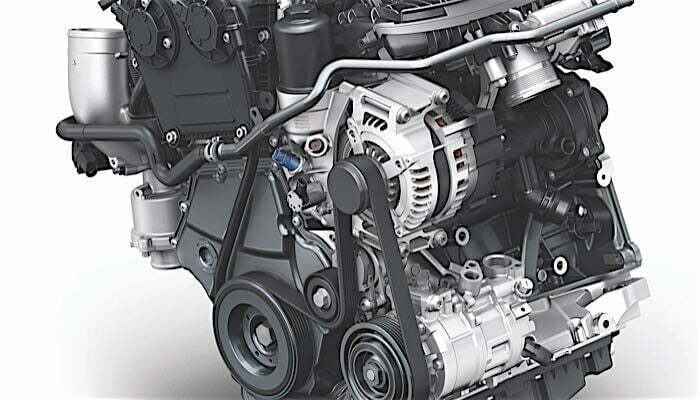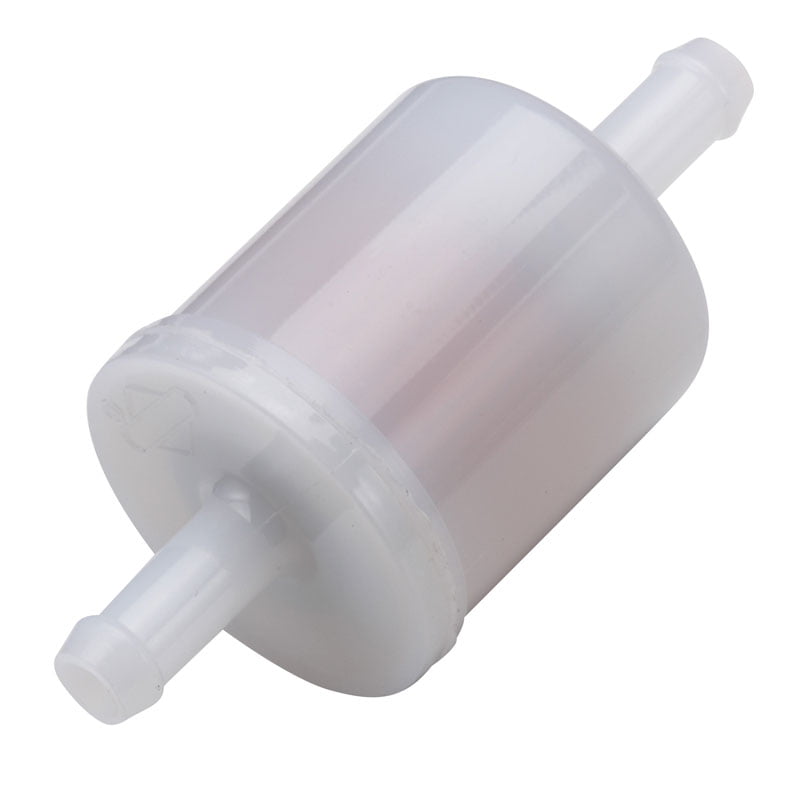Does Fuel-Efficient Tyres Make a Difference? Discover the Cost-Saving Benefits!
Fuel-efficient tires can make a significant difference in terms of fuel consumption and cost savings. Compared to standard tires, fuel-efficient tires have lower rolling resistance, meaning the engine exerts less effort to move the vehicle forward. They also produce less heat and have a longer lifespan. Overall, choosing fuel-efficient tires can result in lower fuel usage and reduced fuel costs. By making this eco-friendly choice, you can contribute to a greener environment and save money in the long run. The Science Behind Fuel-efficient Tyres Fuel-efficient tyres are designed to minimize rolling resistance, which can have a significant impact on fuel consumption. Rolling resistance refers to the force that opposes the motion of a tire as it rolls. This force is caused by the deformation of the tire’s tread, and it can have a big impact on a vehicle’s fuel efficiency. Understanding Rolling Resistance And Its Impact On Fuel Consumption Rolling resistance is directly related to fuel consumption. The higher the rolling resistance, the more energy is required to move the vehicle forward, resulting in increased fuel consumption. In fact, around 20% of a vehicle’s fuel consumption is attributed to overcoming rolling resistance from the tires. Factors that contribute to rolling resistance include tire design, tire pressure, and road conditions. By reducing rolling resistance, fuel-efficient tires help to improve a vehicle’s fuel economy, ultimately saving drivers money at the pump. How Fuel-efficient Tires Are Designed To Minimize Rolling Resistance Fuel-efficient tires are specifically designed to minimize rolling resistance. They achieve this through several design features: Specialized tread compounds: Fuel-efficient tires utilize tread compounds that are formulated to reduce heat generation and deformation, therefore reducing rolling resistance. Optimized tread patterns: These tires feature tread patterns that are designed to provide good traction while minimizing resistance against the road surface. Lightweight construction: Fuel-efficient tires are often made using lighter materials and construction techniques, reducing the overall weight of the tire and minimizing rolling resistance. Combining these design elements helps fuel-efficient tires to roll more easily, requiring less energy from the vehicle’s engine and reducing fuel consumption. The Relationship Between Tyre Tread, Grip, And Fuel Efficiency The design of the tire’s tread plays a crucial role in both grip and fuel efficiency. A good grip is essential for safety and control, but too much grip can increase rolling resistance and negatively impact fuel efficiency. Fuel-efficient tires strike a balance between grip and rolling resistance by incorporating specific tread designs and compounds. The tread patterns of fuel-efficient tires are often shallower and have fewer grooves compared to standard tires. This minimizes the contact area between the tire and the road, reducing rolling resistance. However, it’s important to note that fuel-efficient tires still provide sufficient grip and performance, especially under normal driving conditions. By understanding the relationship between tyre tread, grip, and fuel efficiency, manufacturers can design fuel-efficient tires that optimize both performance and fuel economy. Credit: mag.lexus.co.uk The Cost-saving Benefits Of Fuel-efficient Tyres Fuel-efficient tires can make a significant difference by reducing fuel consumption and costs. These tires are designed with low rolling resistance, requiring less engine effort and producing less heat compared to standard tires, resulting in improved fuel economy. Choose fuel-efficient tires to save money on gas. Lower Fuel Consumption And Its Impact On Your Wallet Fuel-efficient tyres are specially designed to have low rolling resistance, which means that they require less effort from the engine to keep your vehicle moving. This reduced resistance translates into measurable savings at the fuel pump, ultimately impacting your wallet in a positive way. By choosing fuel-efficient tyres, you can reduce your vehicle’s fuel consumption and, as a result, lower your fuel costs. The difference can be significant, especially if you drive long distances or have a vehicle that consumes a lot of fuel. Real-life Savings: Calculating The Potential Cost Savings Over Time Now, let’s dive into some numbers to illustrate the real-life cost-saving benefits of fuel-efficient tyres. On average, fuel-efficient tyres can improve fuel efficiency by 3-6%, which may not seem like much at first glance. However, when you consider the fact that fuel expenses account for a significant portion of your vehicle’s operating costs, even a small improvement can add up over time. Let’s say, for instance, that you drive 15,000 miles per year with an average fuel economy of 25 miles per gallon. With conventional tyres, you would consume 600 gallons of fuel. However, by switching to fuel-efficient tyres and increasing your fuel efficiency by just 3%, you would reduce your fuel consumption to 580 gallons, resulting in savings of 20 gallons of fuel per year. To calculate the potential cost savings, you need to consider the current fuel price. Let’s assume that fuel costs $3 per gallon. By saving those 20 gallons per year, you would save $60 annually just by using fuel-efficient tyres. When you multiply this amount over a few years, the savings can really start to add up. The Environmental Benefits Of Reduced Fuel Consumption Aside from the financial advantages, fuel-efficient tyres also have significant environmental benefits. Reduced fuel consumption means lower greenhouse gas emissions, contributing to the fight against climate change. Additionally, these tyres help conserve natural resources, as less fuel is required to power your vehicle. Choosing fuel-efficient tyres is a simple yet effective way to reduce your carbon footprint and make a positive impact on the environment. By opting for tyres with lower rolling resistance, you can play your part in promoting sustainability and preserving our planet for future generations. Factors To Consider When Choosing Fuel-efficient Tyres Fuel-efficient tires can indeed make a difference in terms of saving fuel and reducing costs. These tires are designed with low rolling resistance, which means less effort is required from the engine, resulting in improved fuel economy. By choosing fuel-efficient tires, you can lower your fuel usage and see a noticeable impact on your overall fuel costs. Factors to Consider When Choosing Fuel-Efficient Tyres Identifying fuel-efficient tyre ratings and labels When it comes to choosing fuel-efficient tyres, it is
Does Fuel-Efficient Tyres Make a Difference? Discover the Cost-Saving Benefits! Read More »




